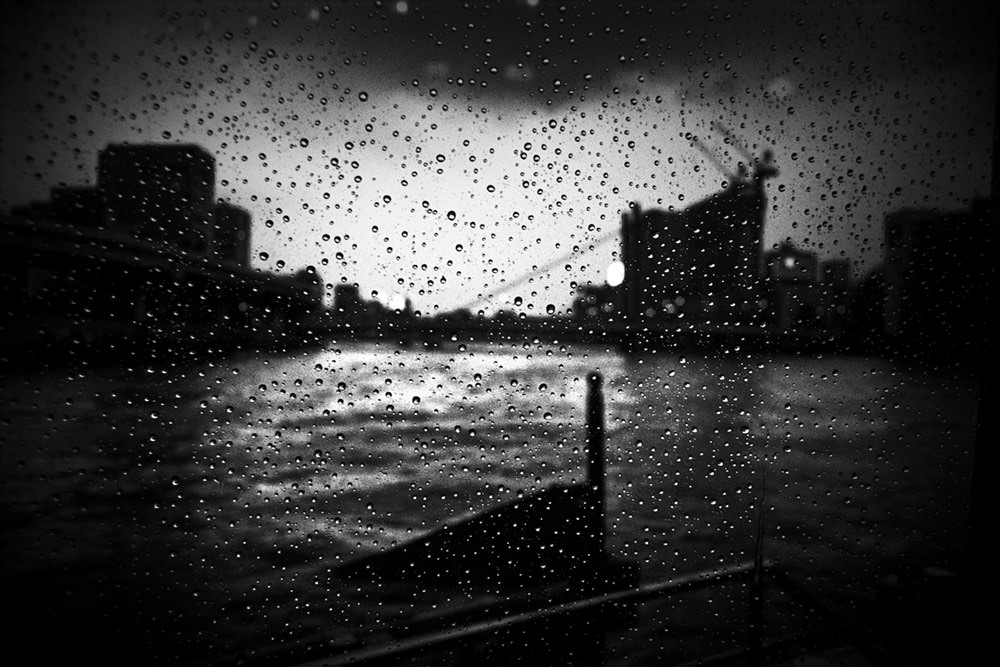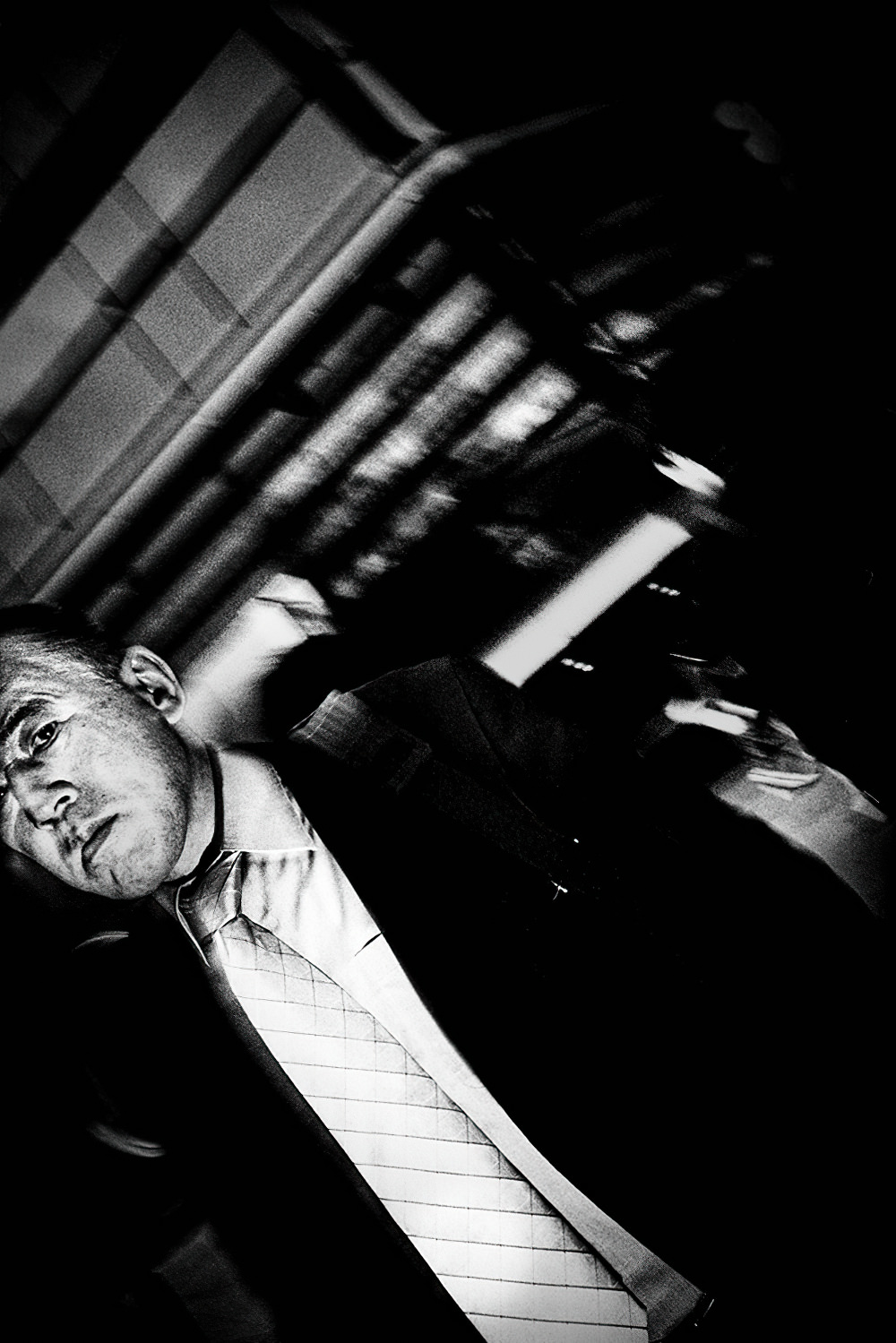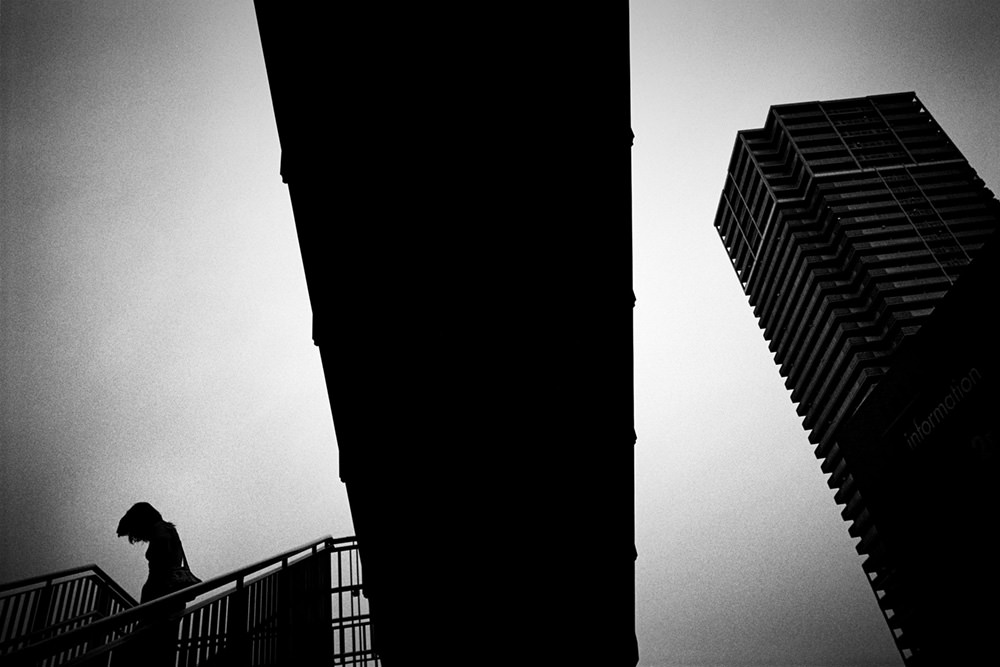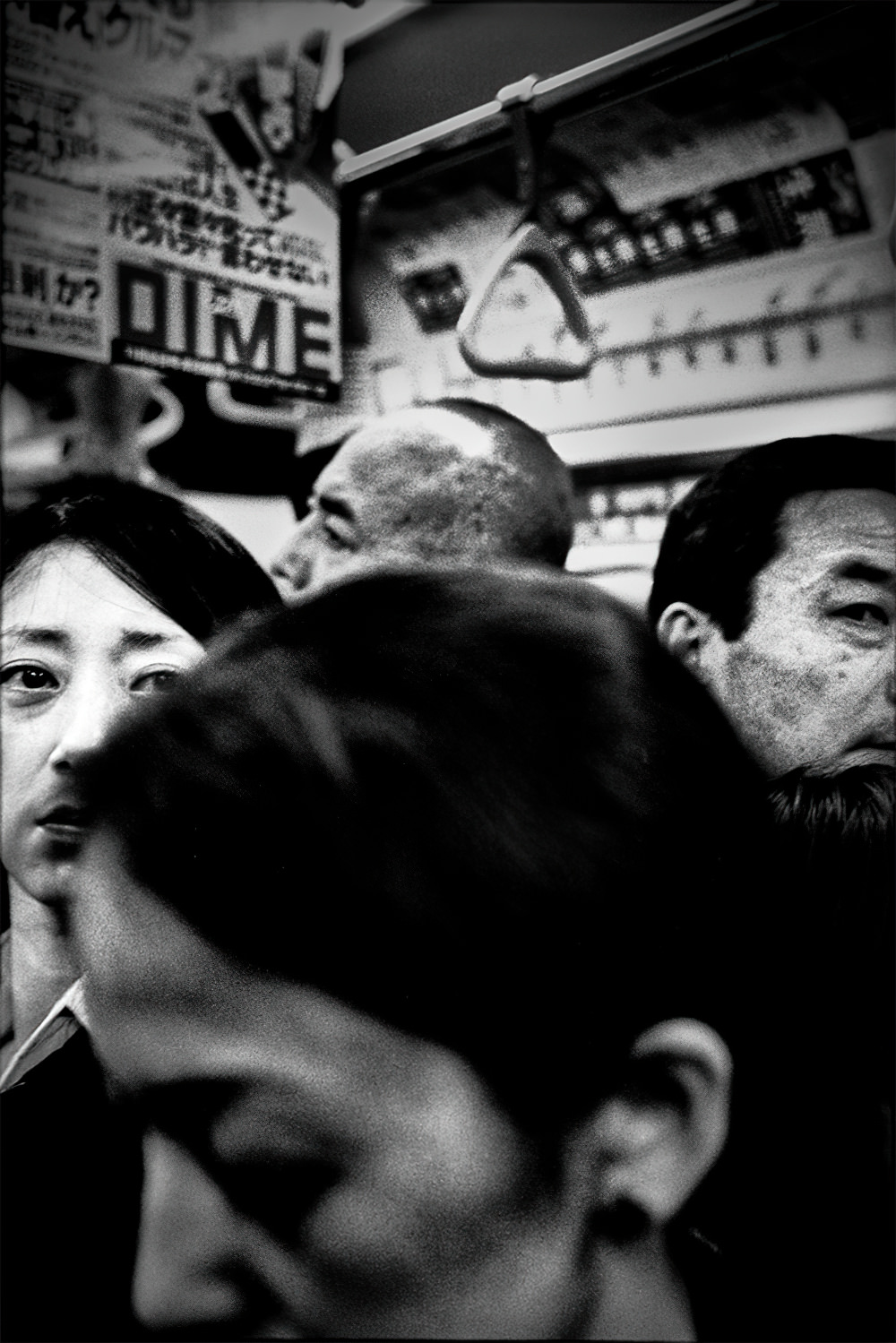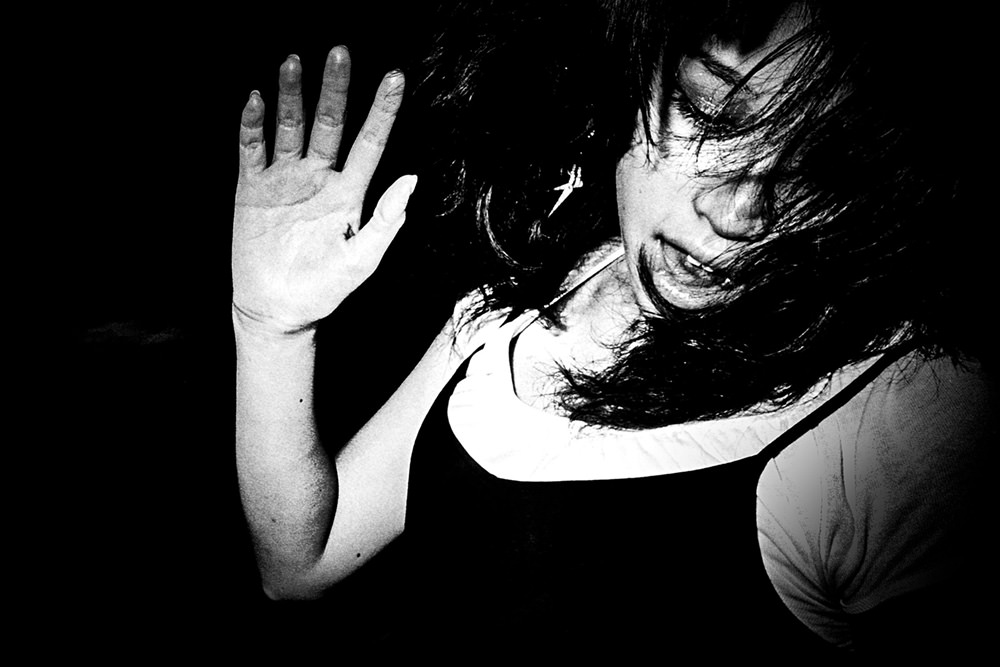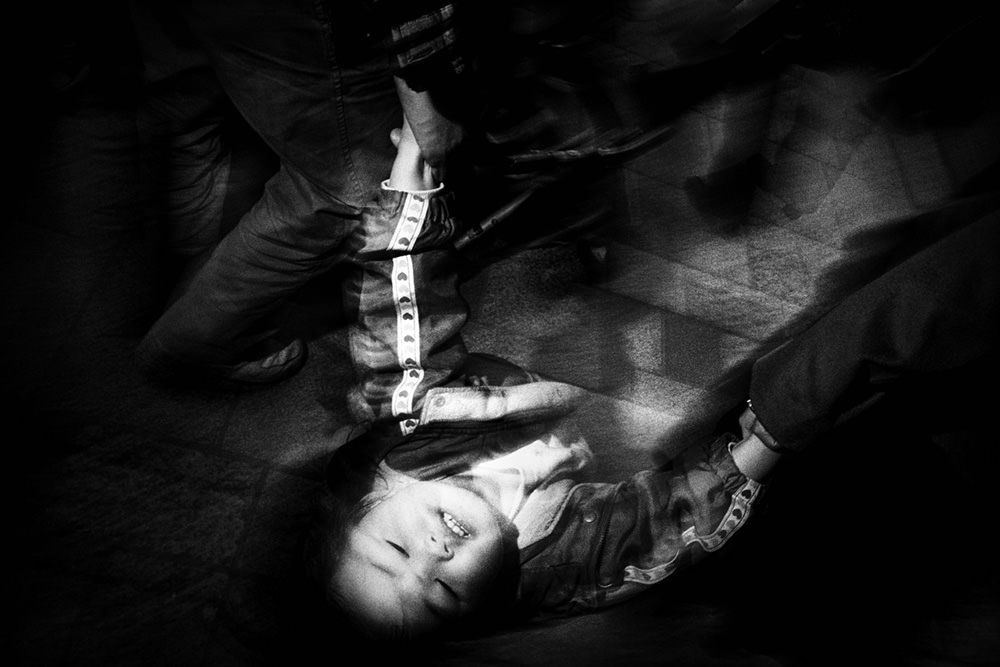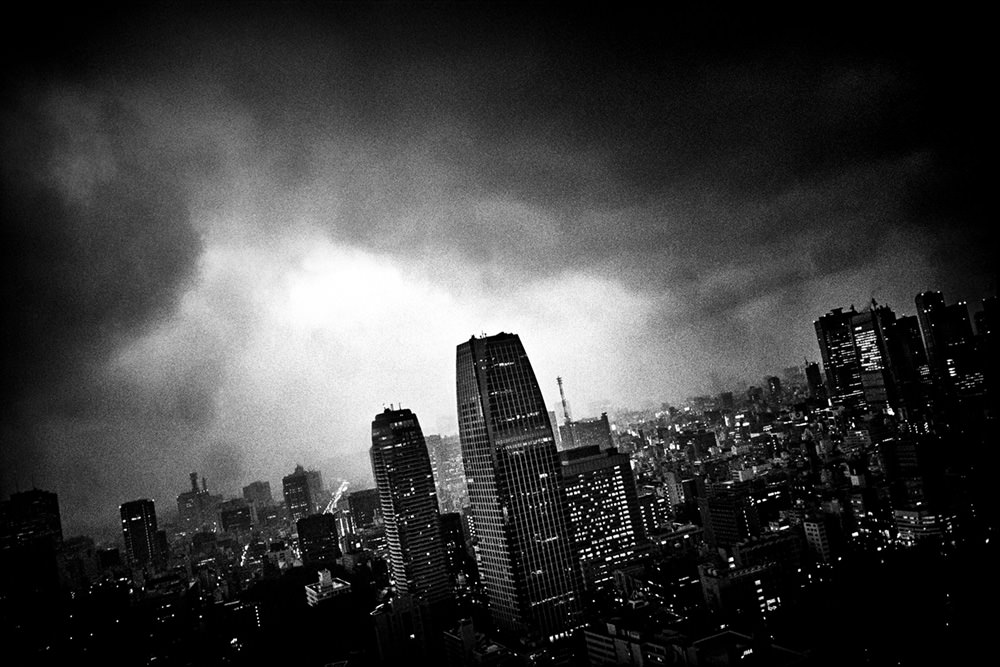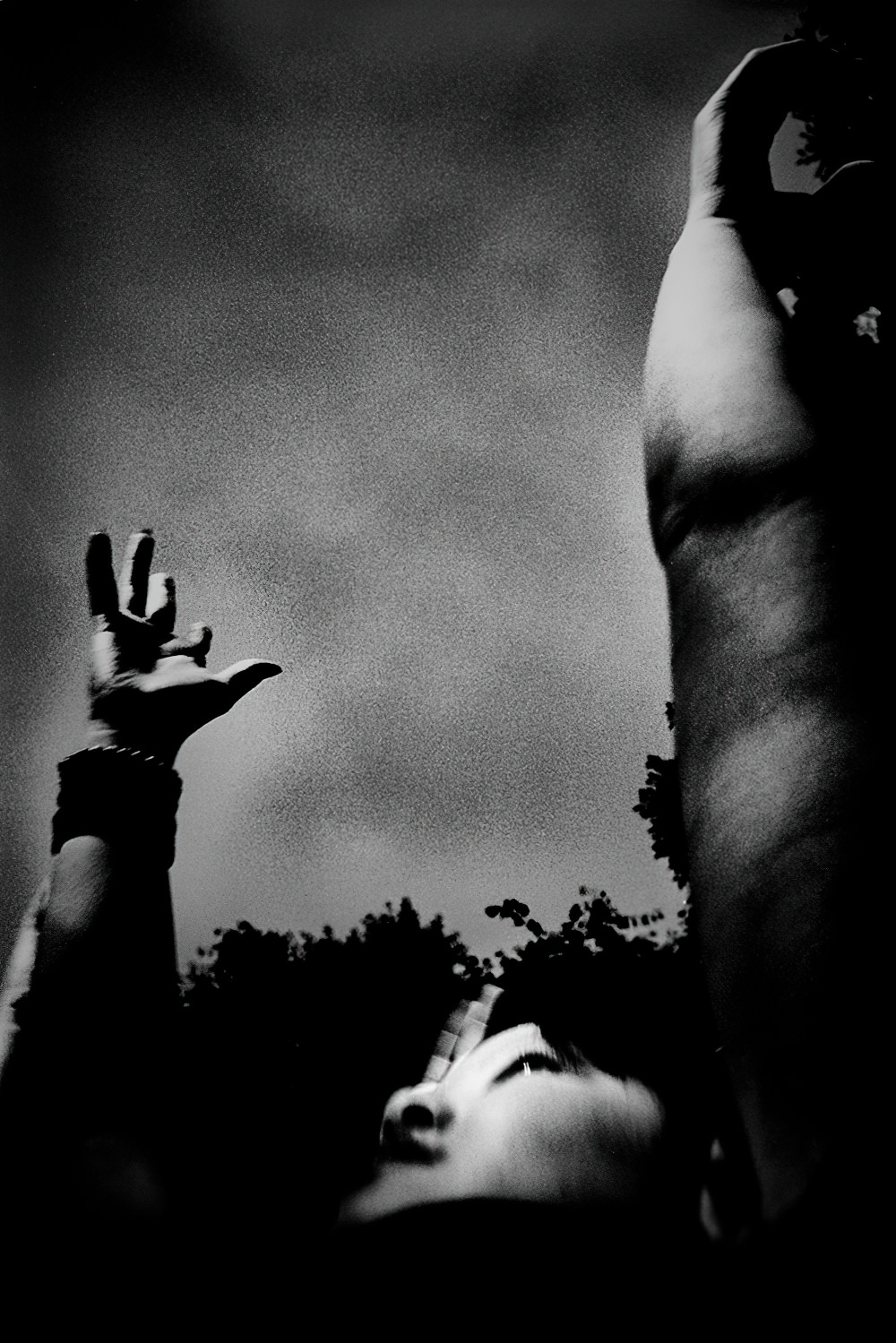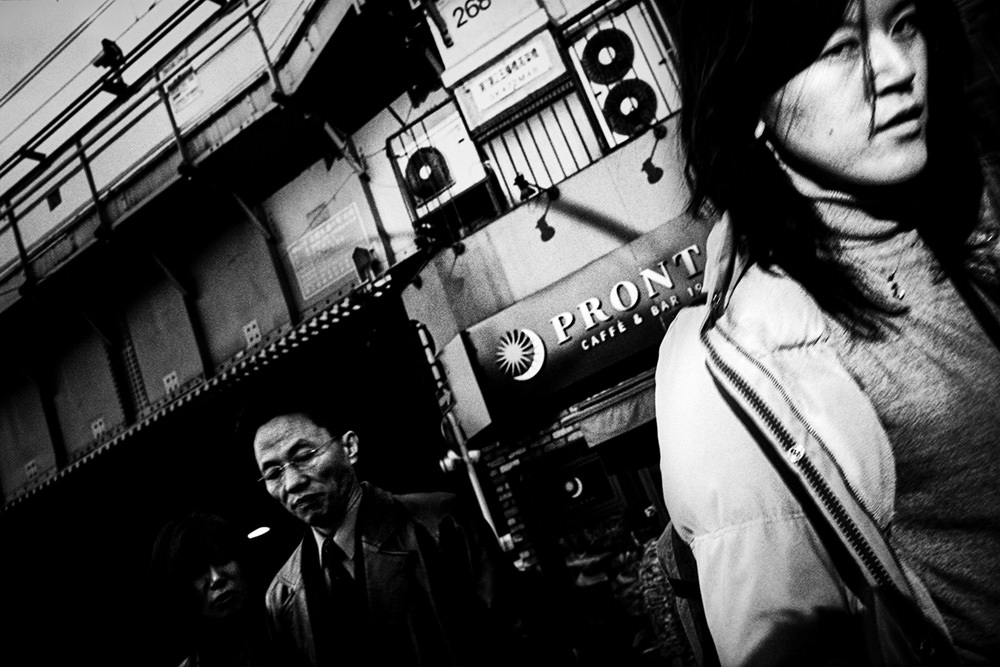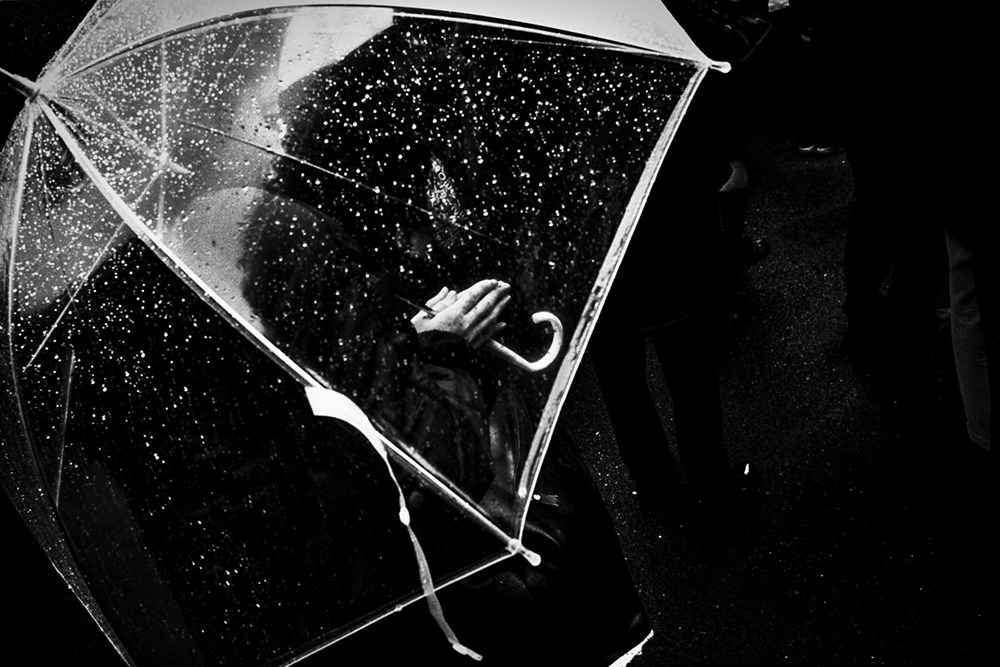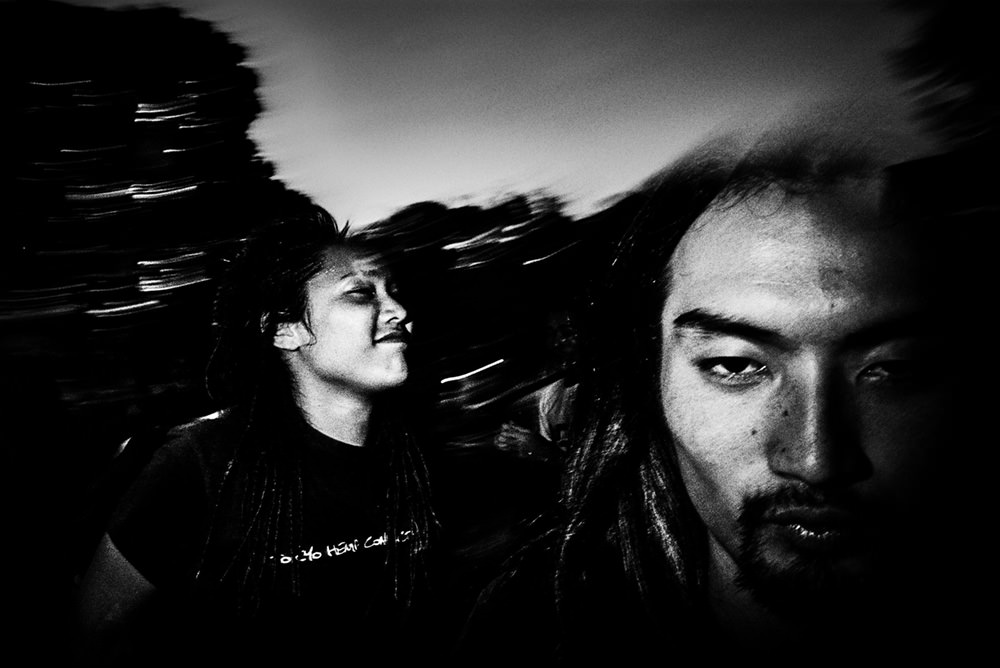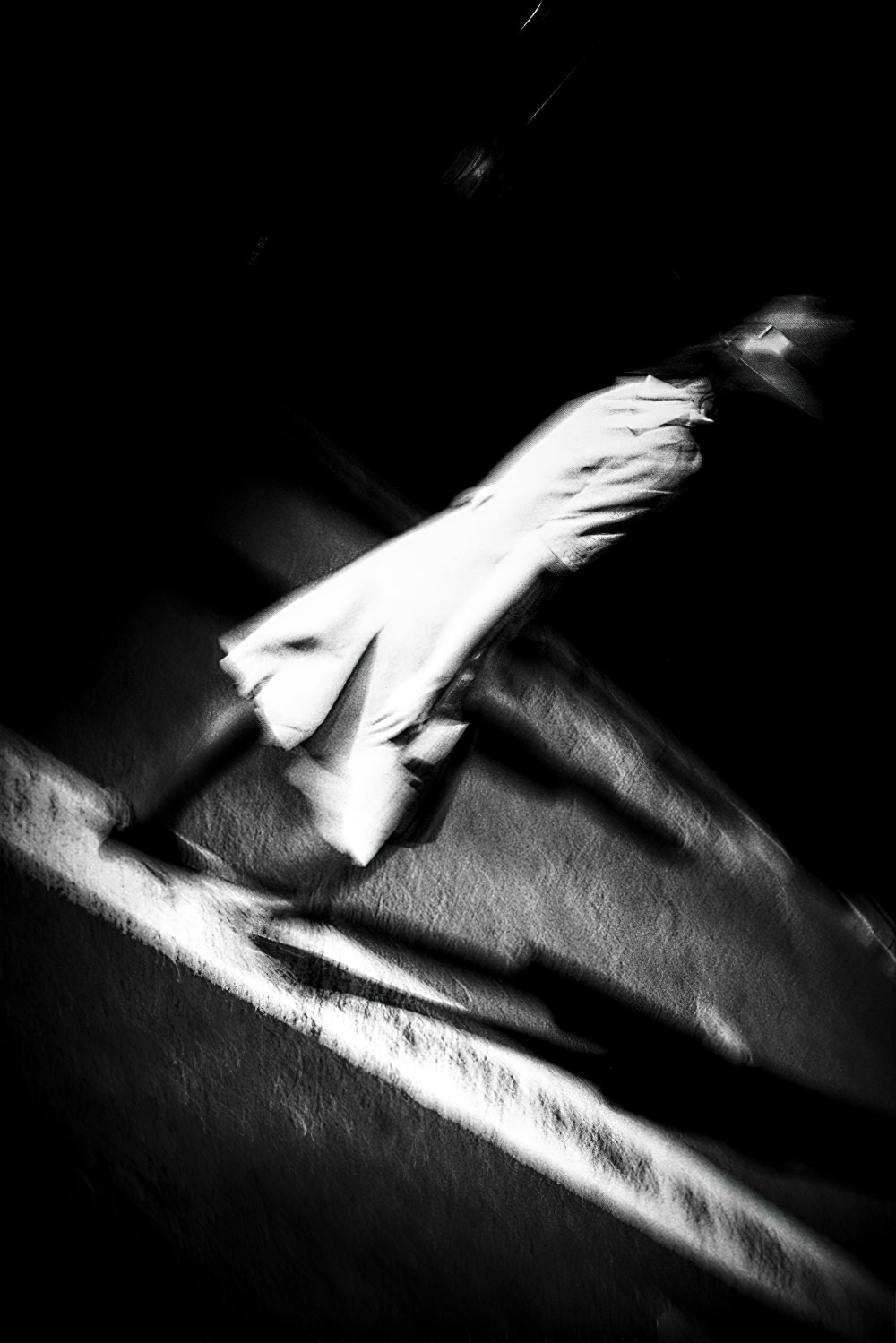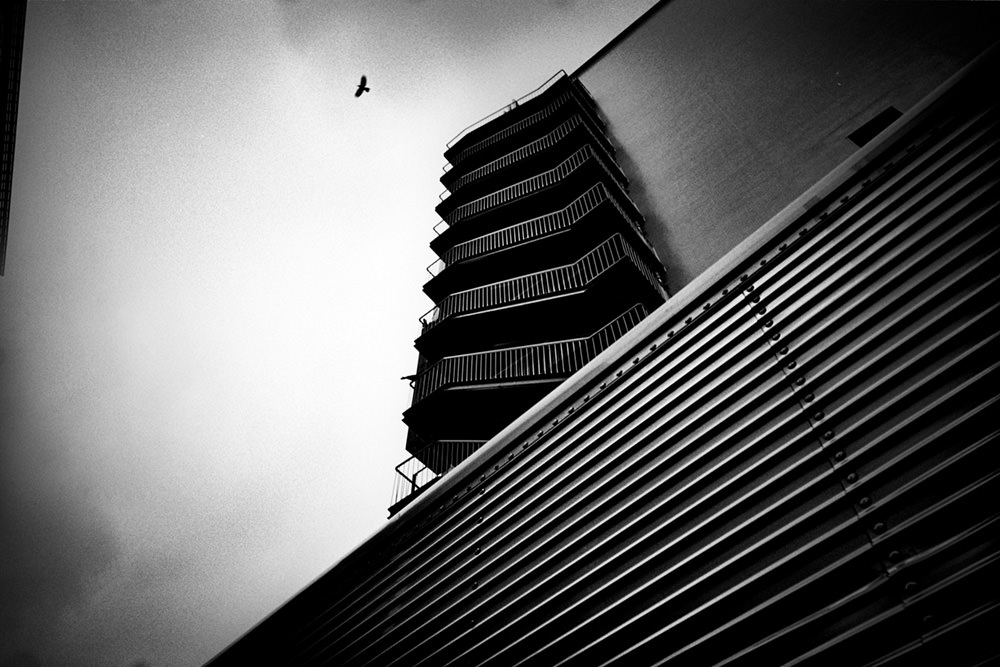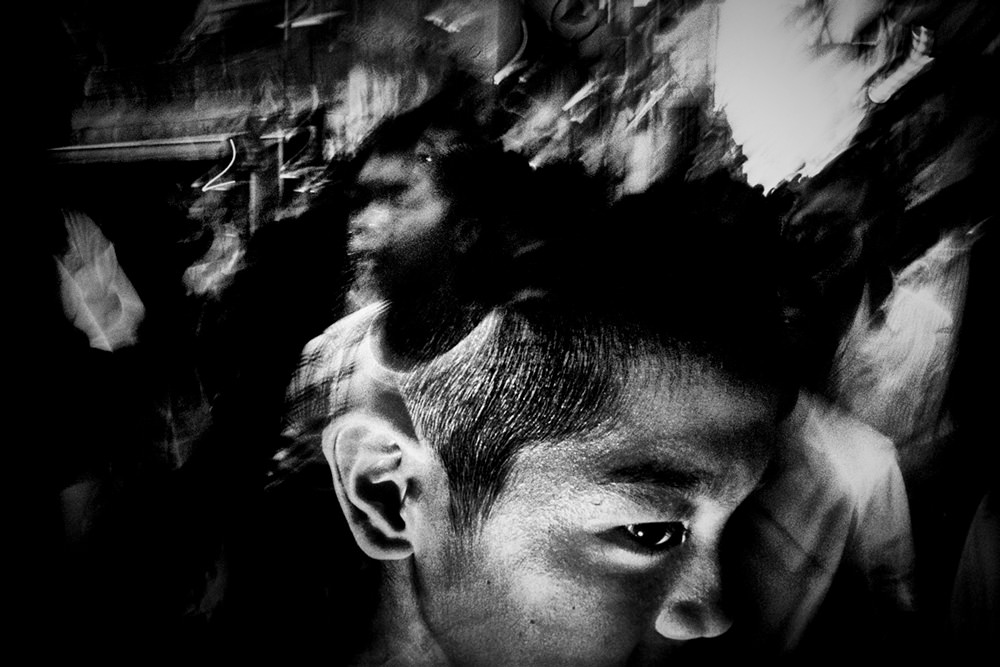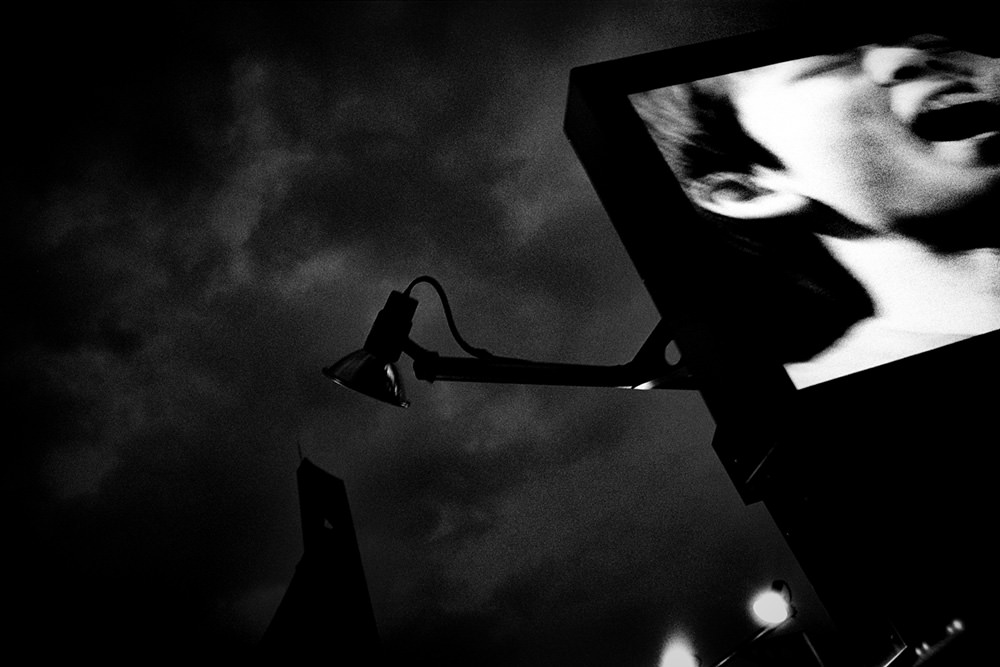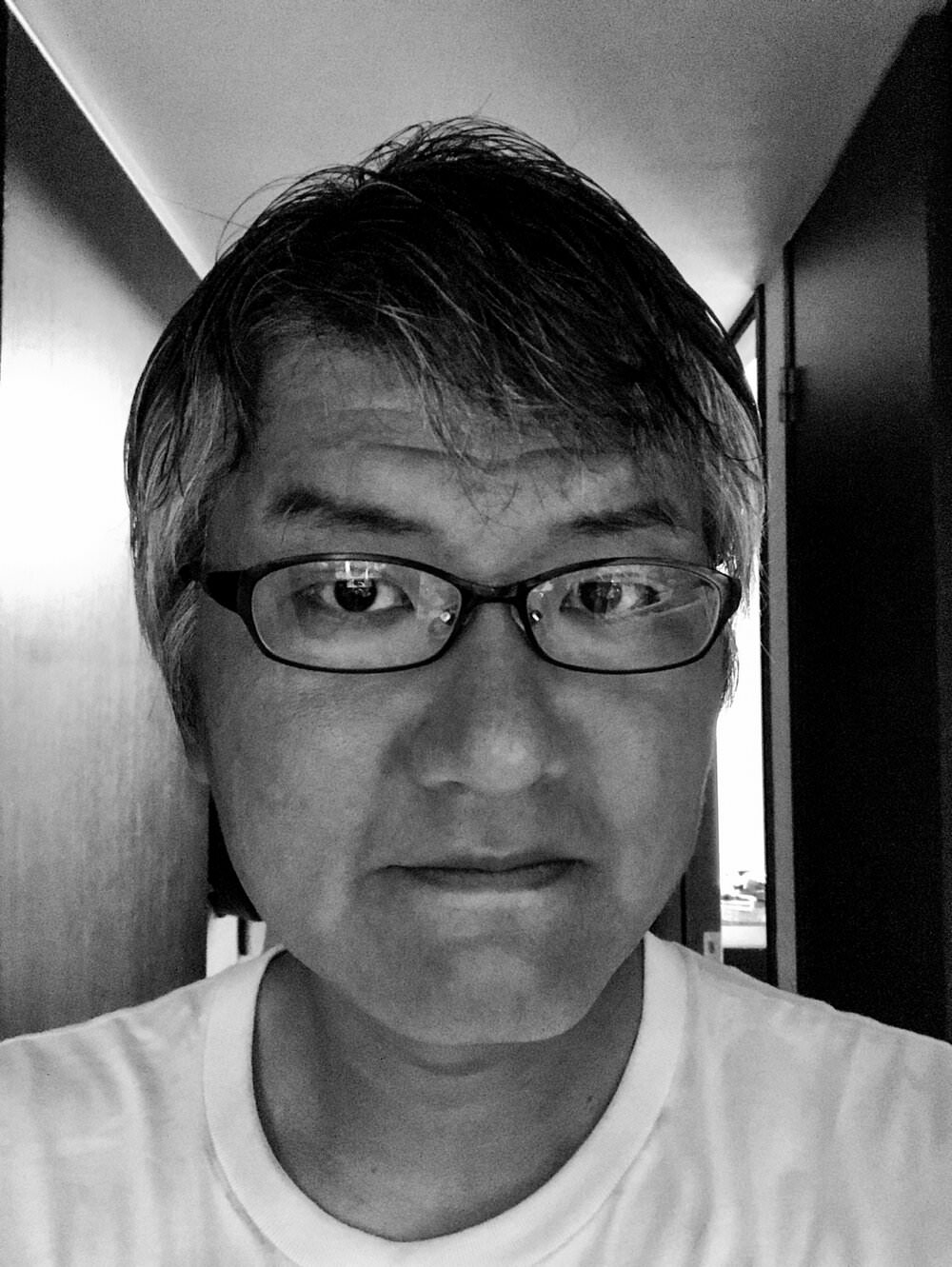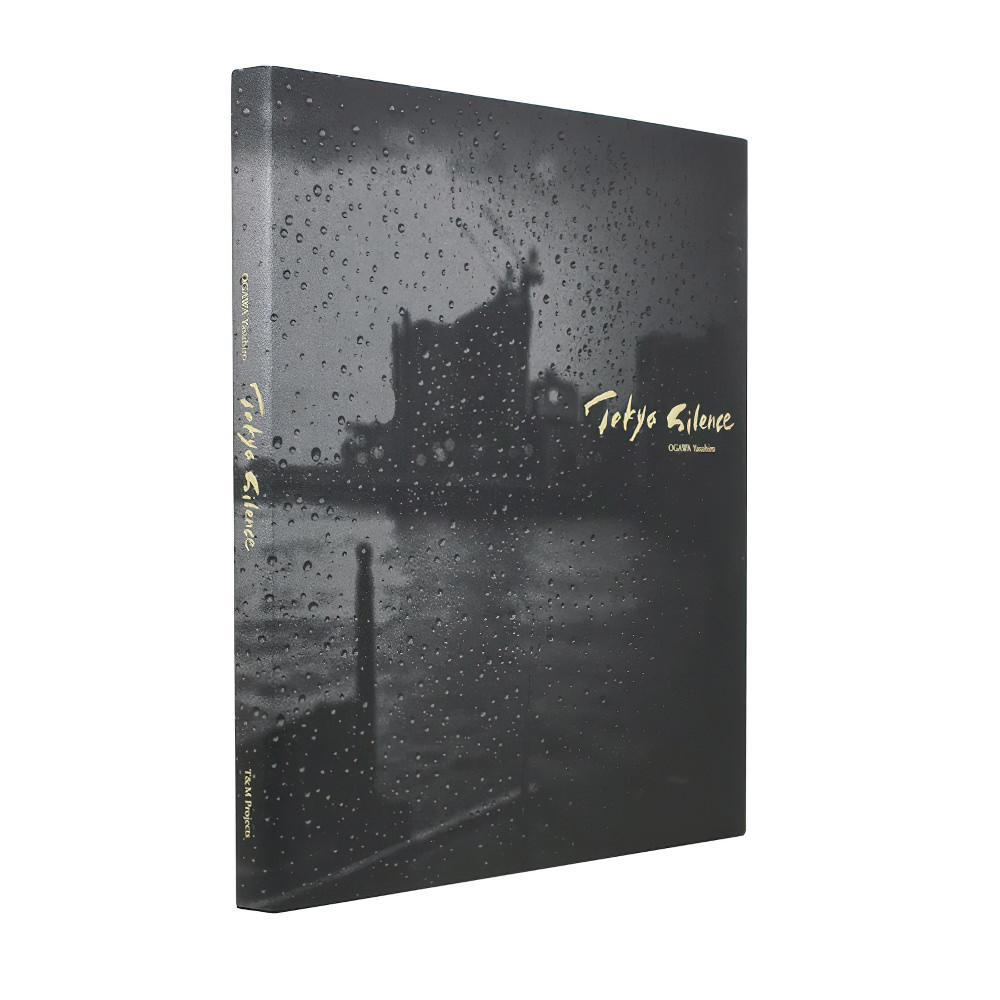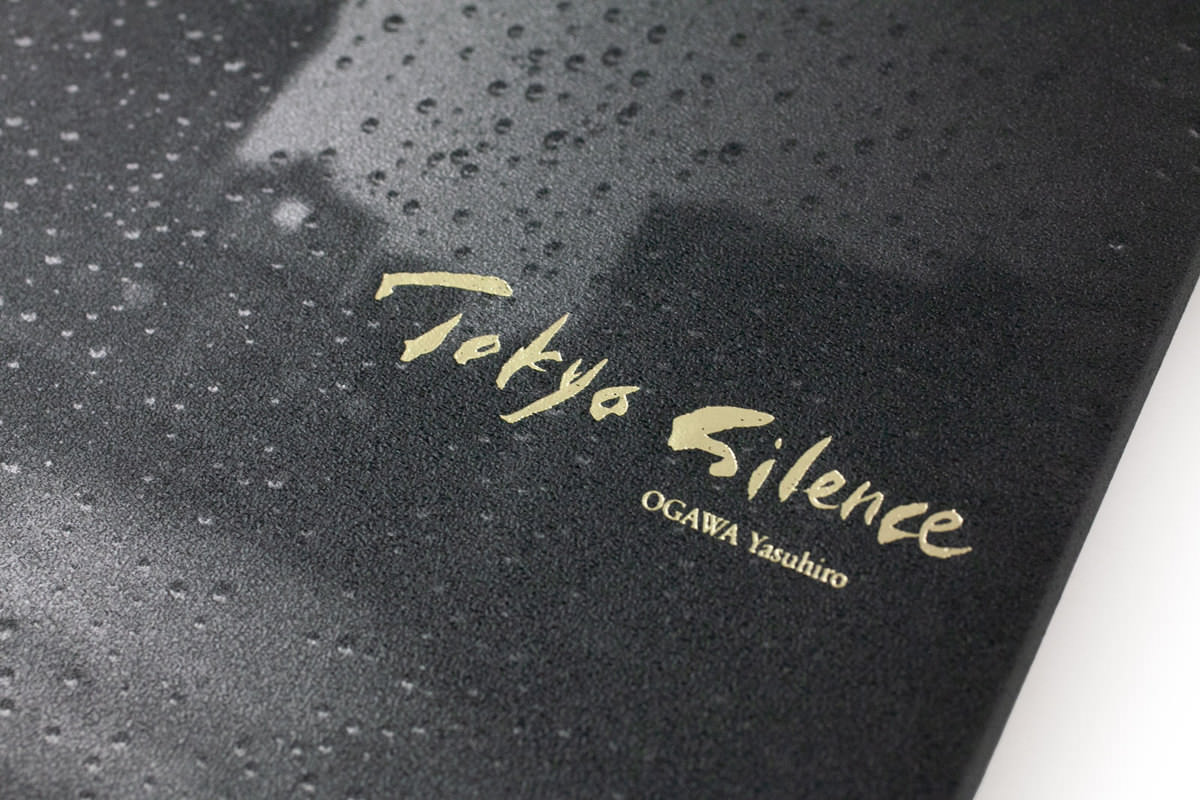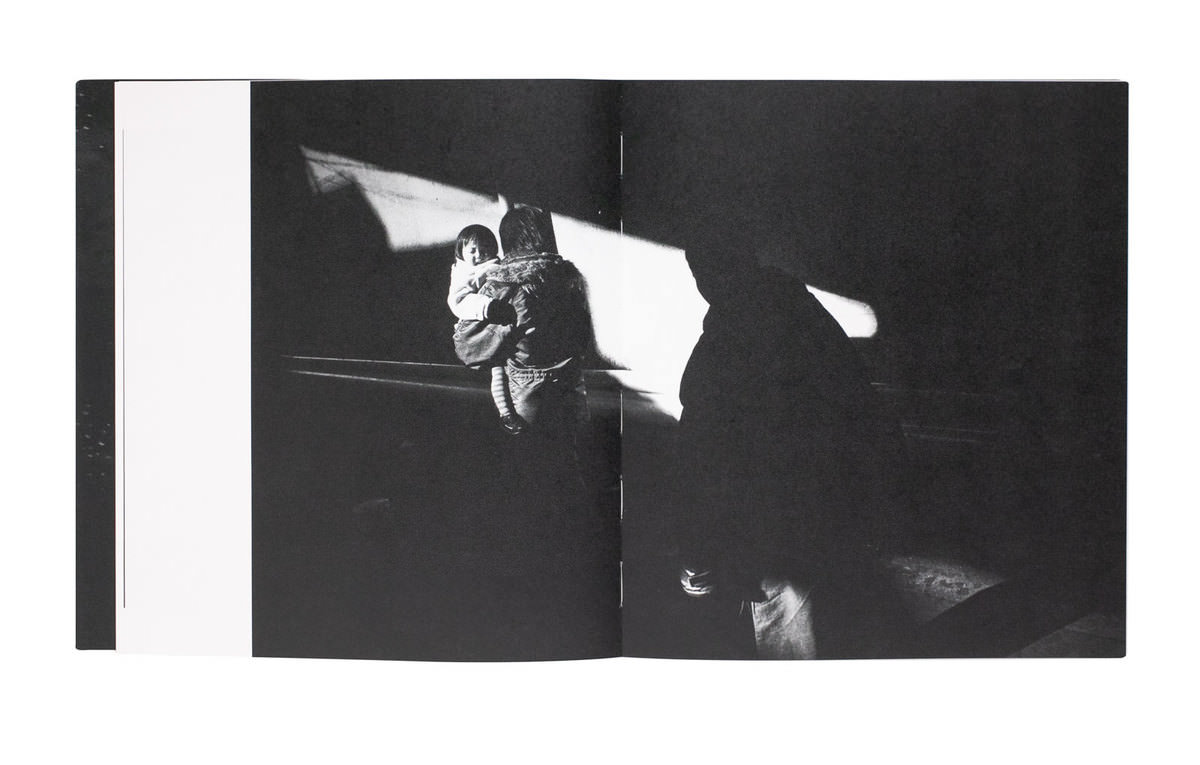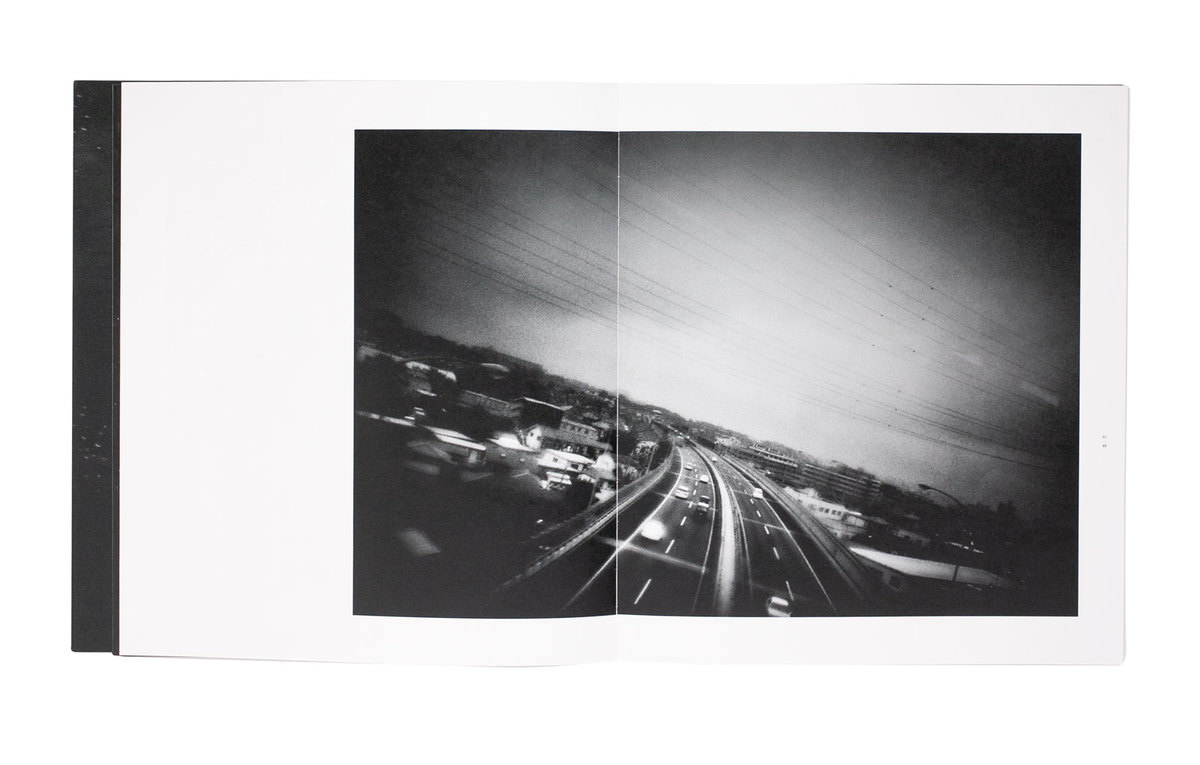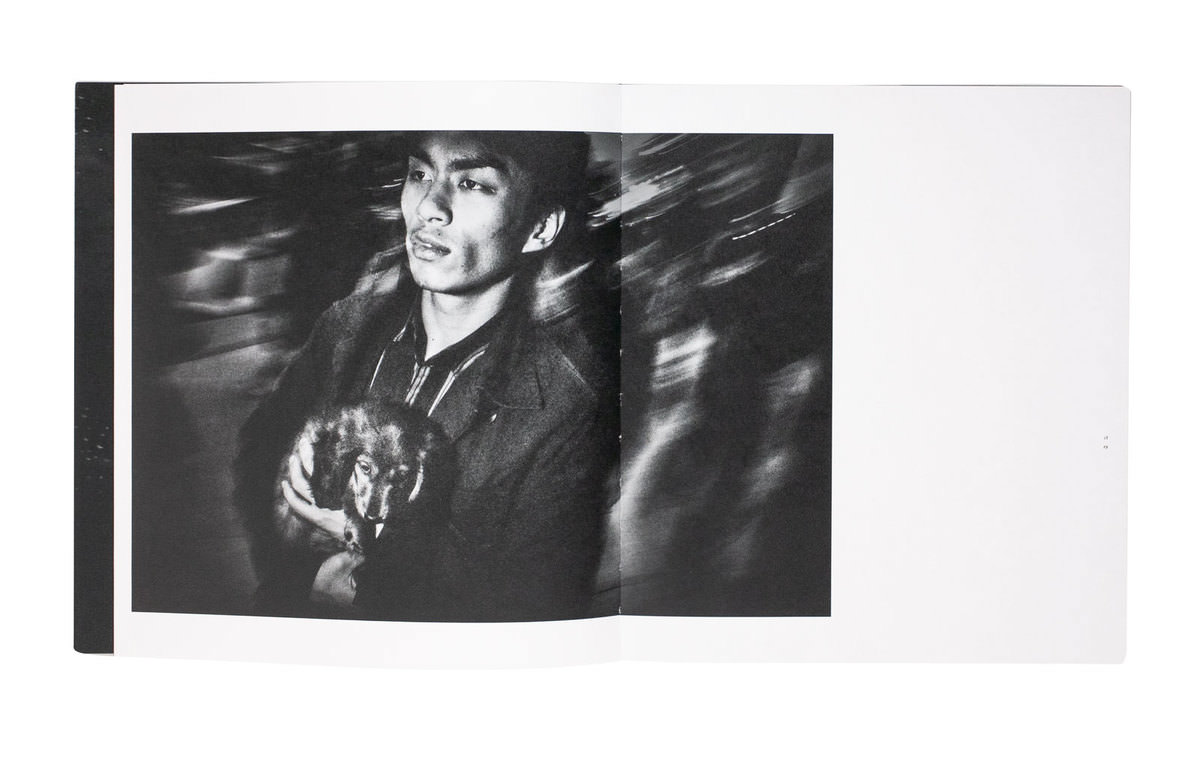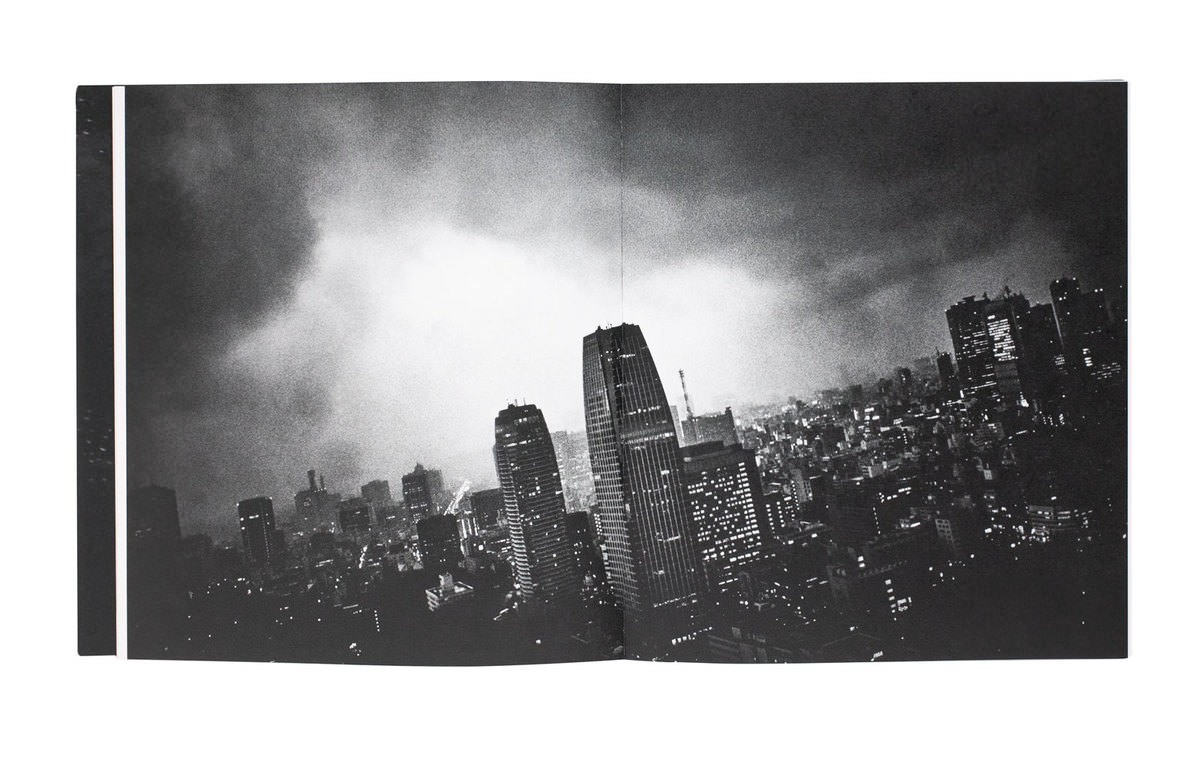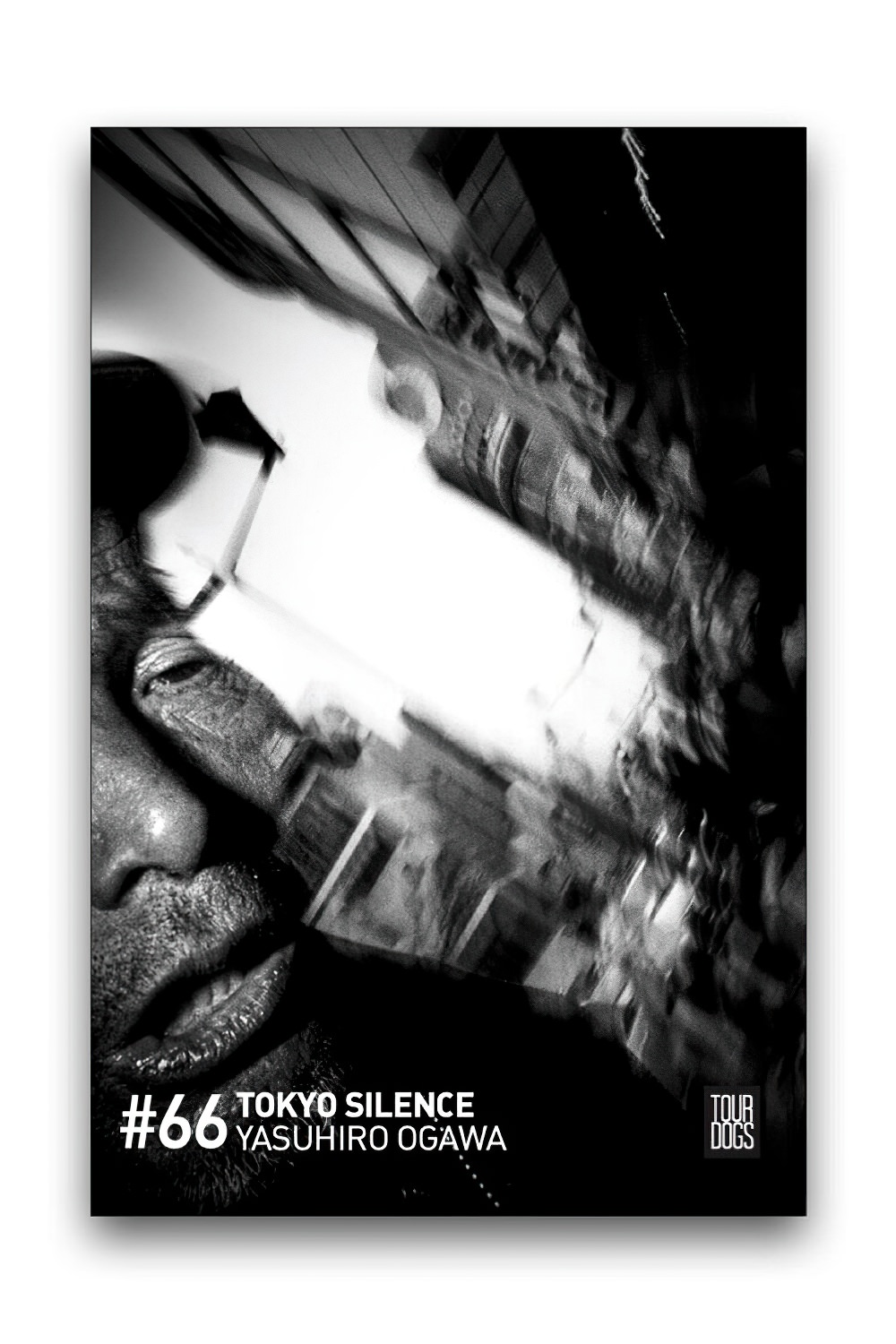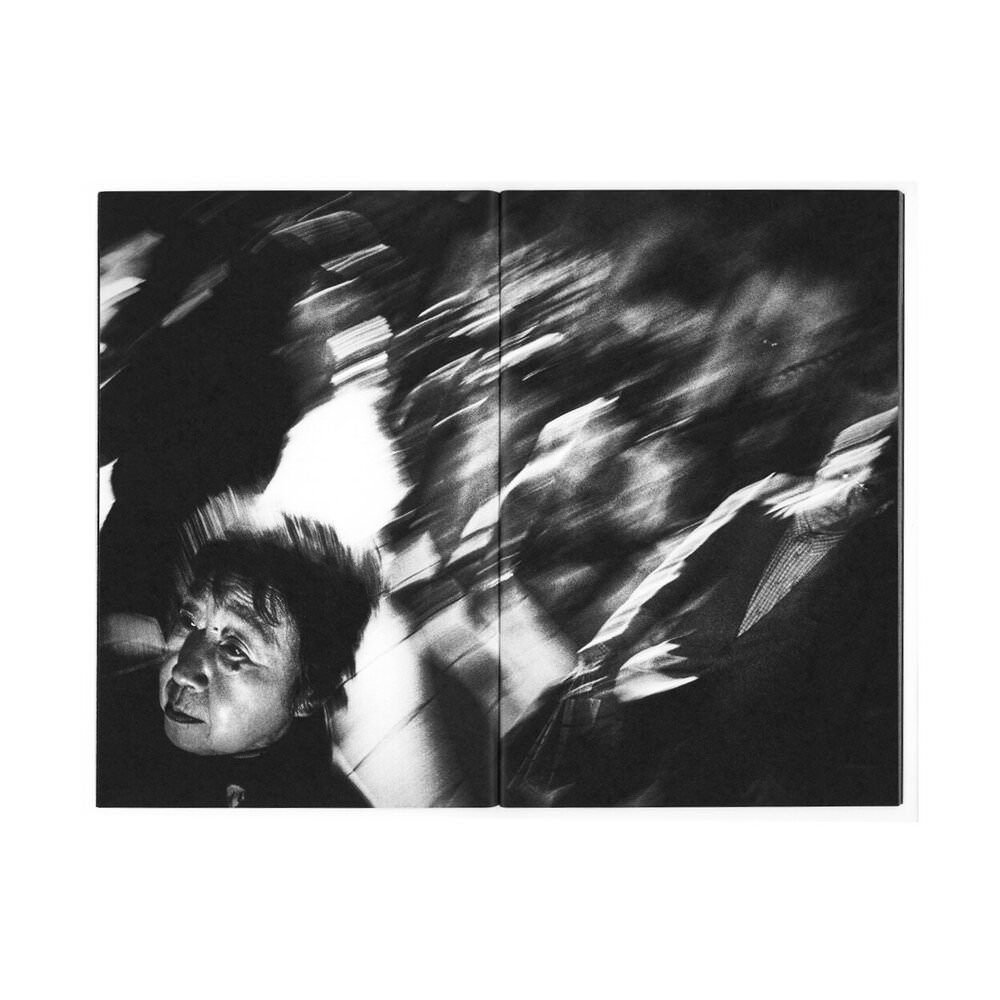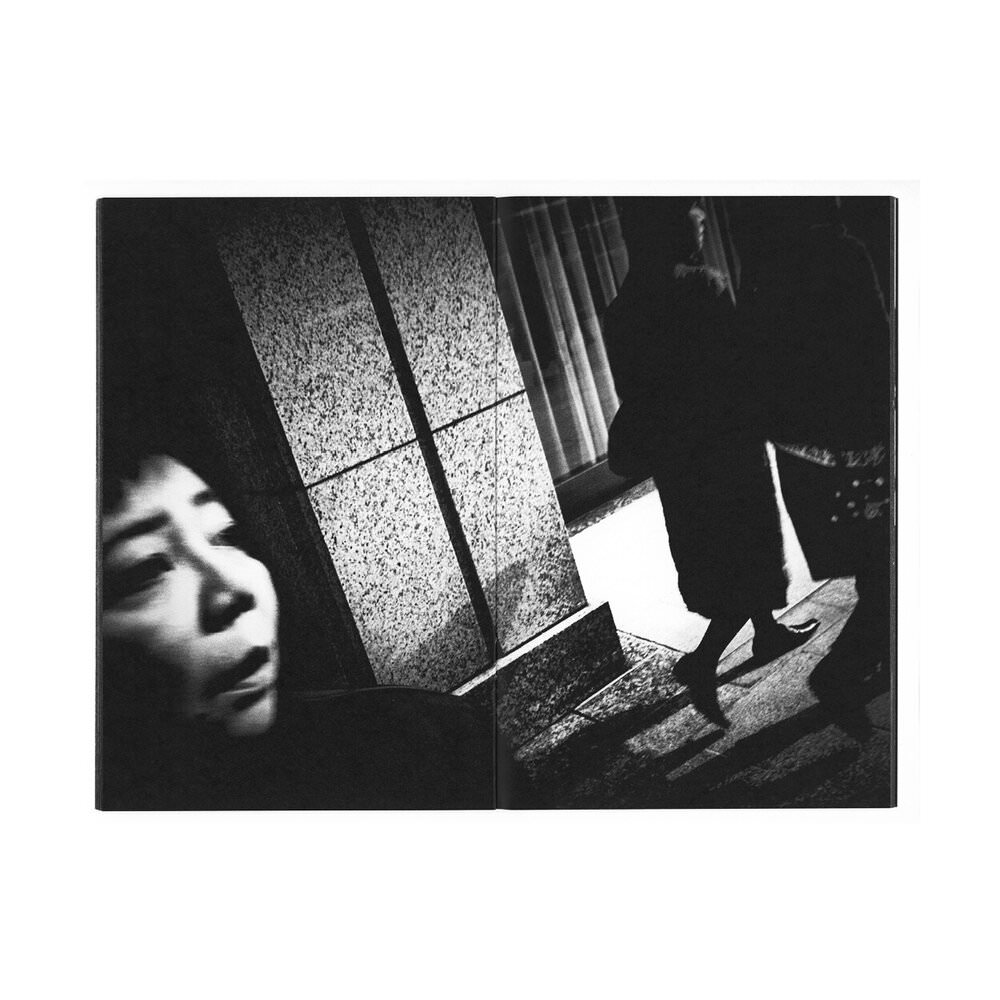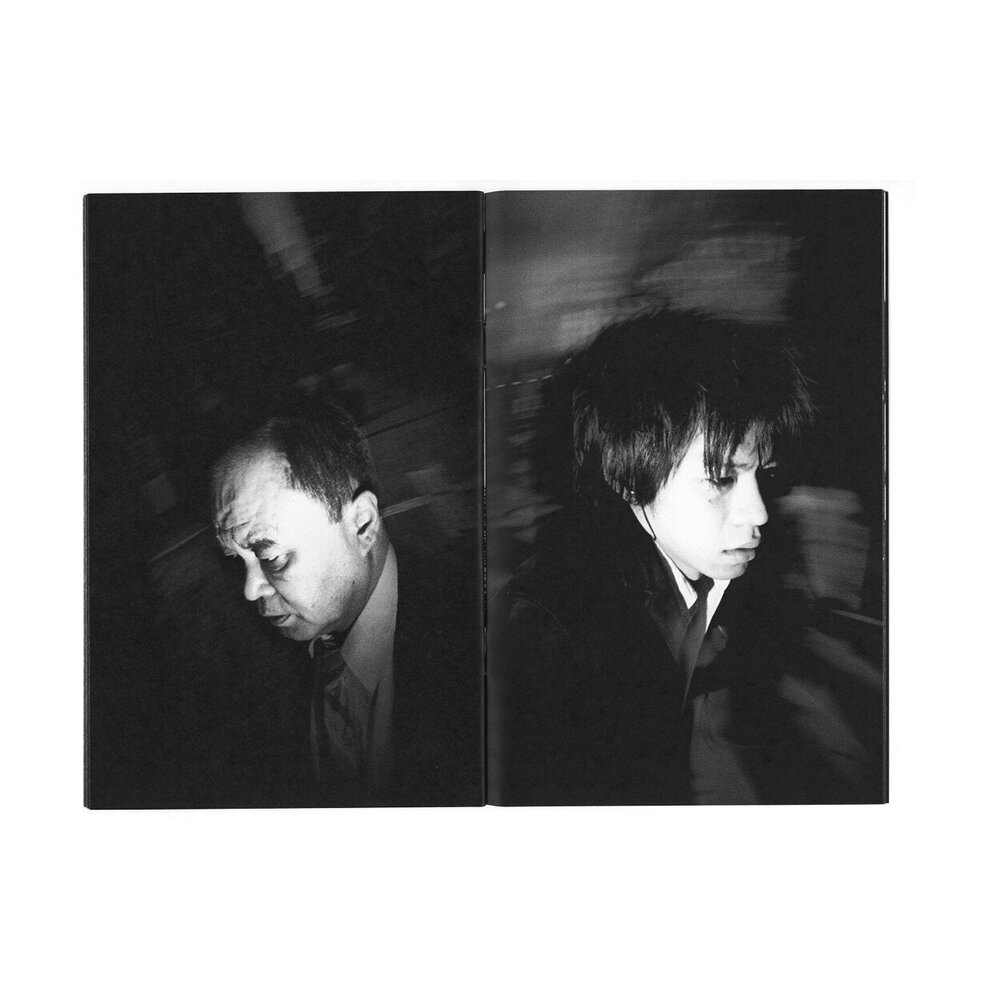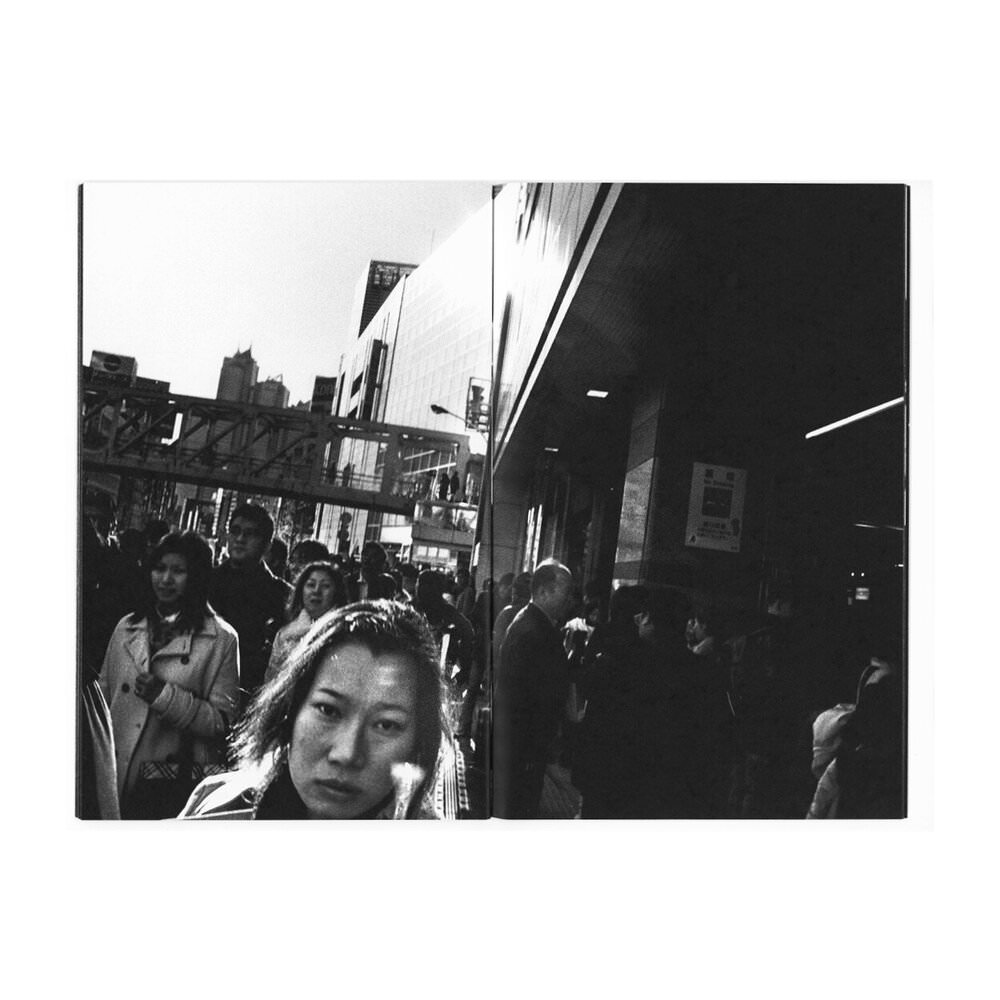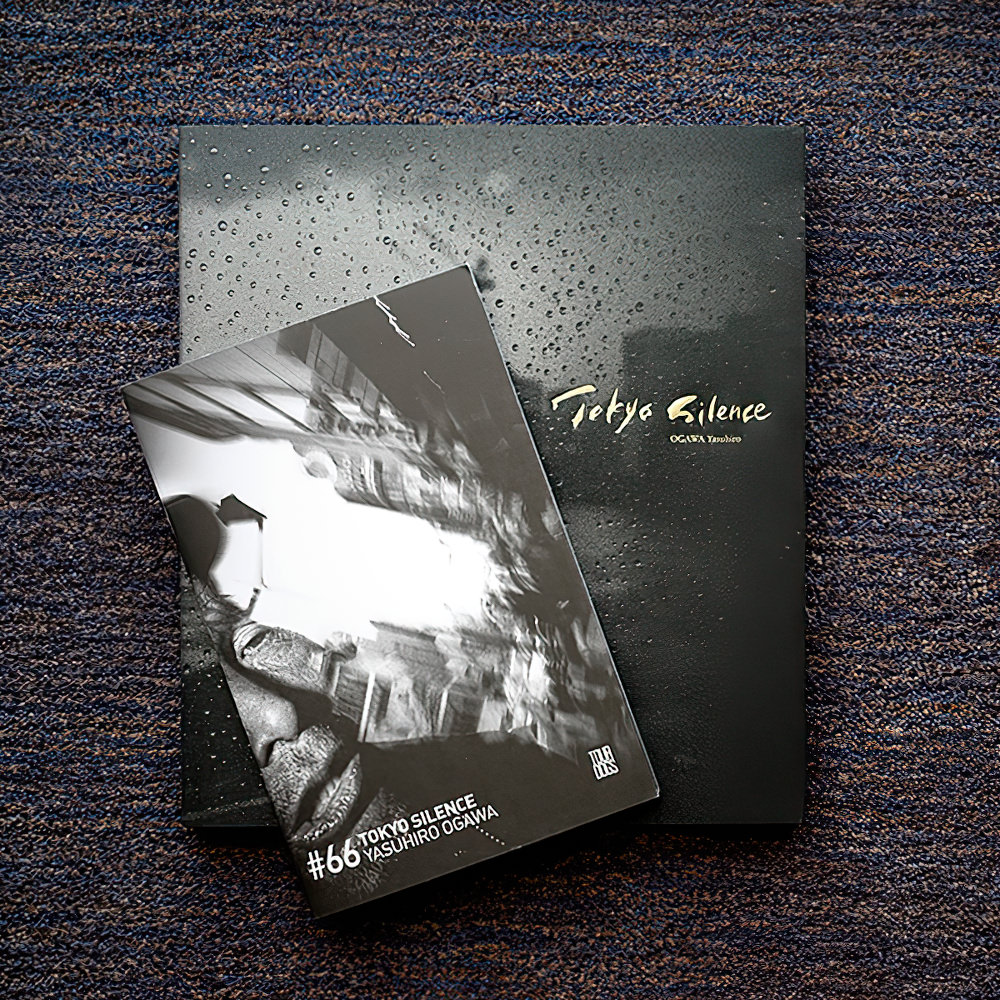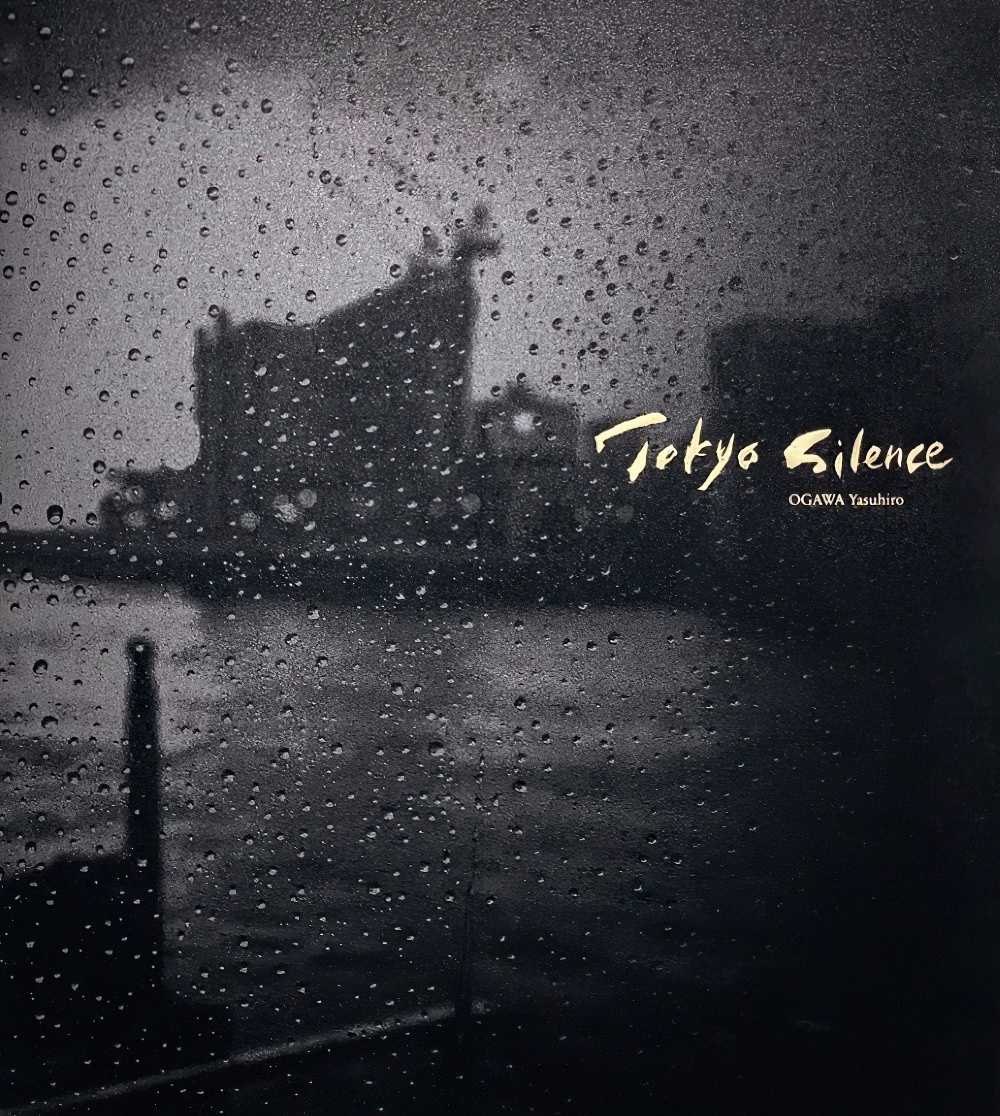Yasuhiro Ogawa: Tokyo Silence
While photography, Yasuhiro Ogawa‘s medium of choice, is decidedly visual, it was sound that ultimately inspired him to create the mesmerizing series of black-and-white street photography in his photobook Tokyo Silence. Feeling an odd disconnect between the organic cacophonic chaos he experienced in the streets of Shanghai or Chongqing and the orchestrated noise consisting of background music and video adverts that numbs his ears in Tokyo, he compared his experience of Tokyo’s streets to walking at the bottom of an aquarium, everything strangely silenced by the surrounding water. With this idea in mind, he went out and photographed Tokyo’s streets.
‘This book Tokyo Silence is a collection of B&W photographs capturing the Tokyo street life between 2003 – 2006. Tokyo is thought to be one of the noisiest cities in the world, but through these photographs I want to show the other side of Tokyo – for me, this is a city where strange silence is prevailing in the depth of our life like water.
During that period I was crazy about traveling in China. In China, everywhere you look there is chaos. Shouts of people on the overcrowded streets, the squawking of car horns echoing in the grey sky, roaring voices from the loudspeakers scattered all over the cities – I really loved those Chinese street noises and I remember walking each day as if struck by lightning.
After getting used to such chaotic noises in China, the silence of Tokyo sounded very unique to me. Every time I came back to Tokyo, I wondered how could the city be so quiet? No one talks on the trains, no one shouts on the streets. Yes, Tokyo is a city of noise too, but I think the character of noise is inherently different between the two countries. Here in Tokyo, almost all of the noises are from autoplaying music such as background music from shops or video ads on huge screens. What would happen if all the autoplay music is suddenly muted? While walking on the Tokyo streets, sometimes I feel an illusion as if I were in the bottom of an aquarium, where a curious silence surrounds us.
Such a thought pushed me to shoot the Tokyo streets, with a monochrome film-loaded Leica in my hand. I wanted to capture such characteristic silence of Tokyo, and the silence settling down inside us deeply.’ – Yasuhiro Ogawa
The series, shot in the early 2000s but only published now, indeed seems to show a world captured through a thick, decelerating medium in which each movement requires deliberate attention. As with his previous photobooks, Ogawa’s photographs are again able to extract something otherwise invisible from the world around us; this time, he captured noise as silence.
The zine version of Tokyo Silence, published by Tour Dogs in 2021, features 20 B&W photos, including some photos which don’t appear in the book version of Tokyo Silence.
About the Author
Born in Kanagawa, Japan in 1968. B.A. in English literature from Kanagawa Univ. Japan. He started photography in early twenties and began professional career in 2000.
He has had many solo and group exhibitions including “Futashika na Chizu” at Kodak Photo Salon, Tokyo (1999), “Slowly Down the River” at Nikon Salon Ginza, Tokyo (2006), “The Photographic Society of Japan New Comer Award Memorial Exhibition” at Tokyo and Moscow (2009), “Winter Journey” at Doozo Gallery, Rome, Italy (2013) , “Cascade” at Sokyusha Gallery, Tokyo (2017), “By the Sea” at Fuji Film Photo Salon, Tokyo (2018) “Contes des iles et Paysages de la Mer du Japon” at Inbetween Gallery, Paris, France (2018), and “The Dreaming” at Blue Lotus Gallery, Hong Kong (2020).
He has published six photo books so far, such as “Slowly Down the River” (Creo, 2008), “Shimagatari” (Sokyusha, 2014), “Cascade” (Sokyusha, 2017) “By the Sea” (self published, 2018), “The Dreaming” (Sokyusha, 2020) and “Tokyo Silence” (T&M Projects, 2022). He has won several awards such as the Taiyo Award for his first solo exhibition “Futashikana Chizu” (2000) and The Photographic Society of Japan New Comer Award for his first photo book “Slowly Down the River” (2009). He was a finalist at the Oskar BarnackAward (2006) and the Hayashi Tadahiko Award (2015). He is represented by Blue Lotus Gallery, Hong Kong.
He currently lives in Tokyo.

